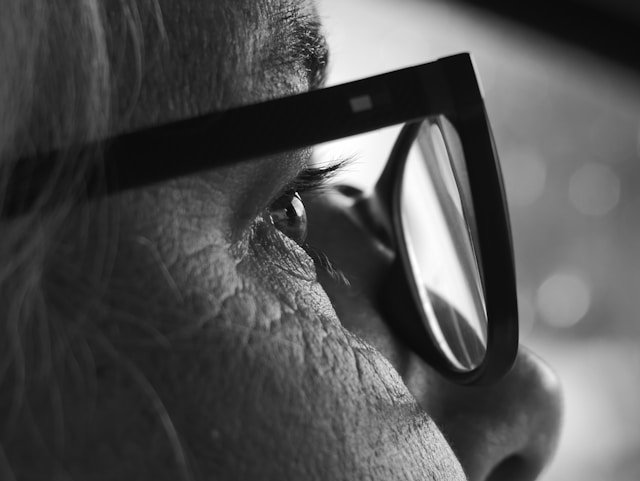
Understanding Vision Changes After a Head Injury
- Health
- October 10, 2025
- No Comment
Contents
Why Vision Changes Happen After a Head Injury
Head injuries can cause a wide range of physical and neurological effects, and one of the most common yet overlooked symptoms is a vision change. After a concussion or traumatic brain injury, individuals may experience difficulty focusing, double vision, or sensitivity to light. These visual disturbances occur because the brain’s visual processing centers and eye coordination systems are often disrupted during impact, affecting how visual information is received and interpreted.
In many cases, symptoms like blurred vision, eye strain, or trouble tracking movement can persist even after other signs of injury have improved. For instance, people who report blurred vision Halifax often find that addressing visual issues early helps support overall recovery. Timely evaluation by vision specialists is essential to restore comfort and visual clarity.
Common Symptoms of Post-Injury Vision Problems
Common symptoms after neurological injury include blurred and double vision, difficulty tracking moving objects, and trouble judging distances, which can complicate daily tasks and activities. Many experience headaches and fatigue from visual activities. According to BrainLine, 20-40% of traumatic brain injury patients face vision changes affecting tasks like driving or using computers. Light sensitivity may cause discomfort indoors. Duration depends on injury severity; minor concussions may resolve in weeks, and severe injuries can cause long-lasting symptoms requiring structured recovery. Effective therapy can be beneficial, but a complete recovery may take time.
When to Seek Professional Help
Seek help if you experience persistent blurred vision, double vision, eye strain, light sensitivity, or focus issues that don’t improve in a few days after an injury. Immediate attention is needed for sudden vision loss, ongoing eye pain, or difficulty recognizing faces or reading. Neuro-optometrists diagnose and treat visual problems from concussions and brain injuries that are not visible on routine exams. Delaying treatment risks prolonged discomfort, poor performance, and emotional stress. Early assessment and intervention can prevent long-term issues. Your eye care provider may collaborate with neurologists and therapists to develop a comprehensive recovery plan.
Treatment and Rehabilitation Approaches
Treatment for post-injury visual changes varies depending on the severity of symptoms. Vision therapy, including exercises, targets persistent issues such as eye tracking and visual memory. Neuro-optometrists may prescribe custom glasses or prisms to correct double vision. Environmental adjustments, such as softer lighting and reduced screen brightness, can help alleviate symptoms. Additional options include tinting lenses and consulting vision rehab specialists, with a tailored approach involving occupational therapists being crucial for improving visual deficits and daily functioning.
Prevention Strategies and Safety Tips
Prevention strategies for traumatic brain injuries include wearing head protection during high-risk sports like hockey and cycling, and using safety equipment such as helmets. Home and workplace safety can be enhanced by reducing tripping hazards, installing grab bars, improving lighting, and using seat belts. For older adults or those with mobility issues, small changes like non-slip mats and clear pathways are vital. In the event of a head injury, monitoring vision symptoms and seeking medical attention promptly is crucial for recovery and preventing long-term vision issues.
Conclusion
Vision changes after a head injury are common, often disruptive, but highly treatable aspects of concussion recovery. By understanding the signs and symptoms, pursuing timely evaluation, and engaging in specialized care such as vision therapy, many individuals can restore their visual function and return to their usual routines. Advocating for comprehensive assessment and ongoing support can make a world of difference during recovery. Remember, early attention to any visual disturbances is a key part of the road to full recovery and regaining an active, independent lifestyle.
Also Read This – Key Differences Between Annulment and Divorce



